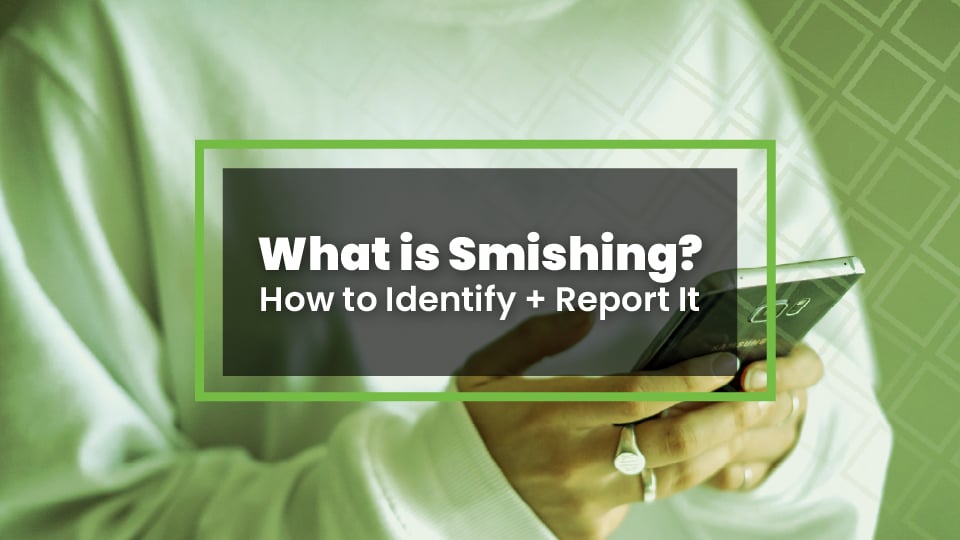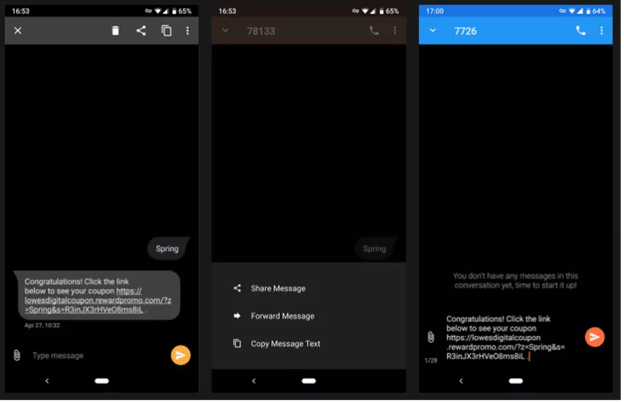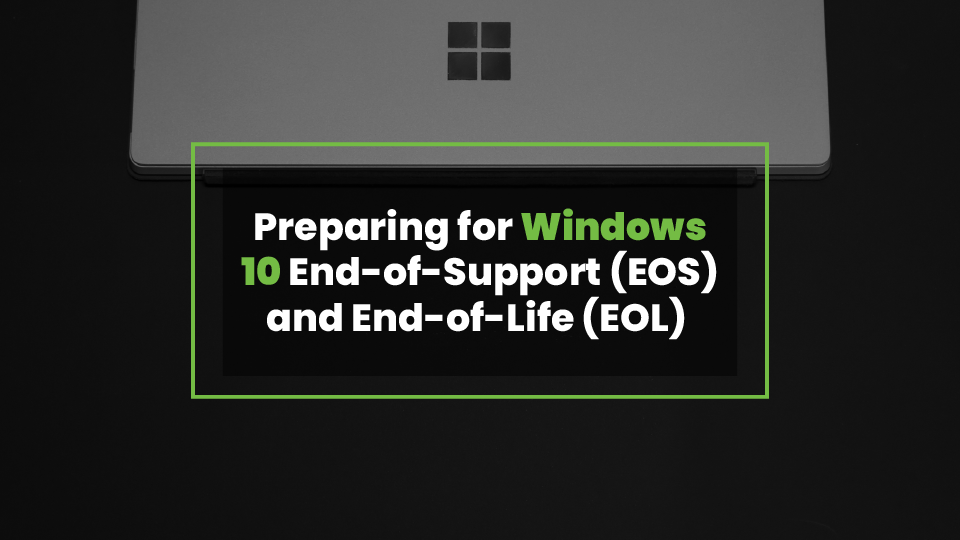Bulk Emailing for Small & Mid-Sized Businesses | What You Need to Know
In a recent development, both Yahoo and Google have chosen to make DMARC a requirement for email delivery. This move is a significant step toward...
Five Nines Team : Jun 10, 2025 10:00:00 AM
2 min read

SMS phishing (“smishing”) is a form of phishing in which an attacker uses SMS text messages to trick recipients into taking an action and compromising sensitive information.
You may have received a text message or two from unknown numbers in the past; smishing texts capitalize on the instant nature of text messaging and the likelihood that your cyber-awareness might be on low guard when using your personal mobile device. While these unknown number texts may seem inconsequential, they are often a successful way of social engineering.
In recent years, mobile attacks have risen in popularity, as many people began to trust text messages more than emails. As a result, over 40% of all mobile threats last year involved SMS-based attacks.
These attacks are also simple to set up; creating an account with voice-over-IP (VOIP) platforms can be simple and inexpensive, and threat actors will utilize these tools to carry out their campaigns. Many of these attacks attempt to obtain personal information to be used in future attacks, while other attacks try to capture verification numbers for multi-factor authentication in order to compromise login credentials to platforms hosting valuable data.
How can you report a smishing attack?
Unlike with email, there's not a one-click solution to report a spam message or suspicious actor. However, with a few steps you can send your report to the carrier, which may result in the attacker’s account(s) being suspended and making it inconvenient for them to start up the attack again.
Here's how to report an offending phone number:
The Federal Trade Commission also recommends forwarding spam texts to 7726 ("SPAM").
On an iPhone:

On an Android device:

Lastly, you can report fraudulent text messages directly to the Federal Trade Commission (FTC) on their Report Fraud portal. Simply click “Report Now” and select “Phone, internet, TV service,” then “Cellular or landline phone service".
The FTC will take you through a quick questionnaire about the message, the number that sent it, and other relevant details.

In a recent development, both Yahoo and Google have chosen to make DMARC a requirement for email delivery. This move is a significant step toward...

Support for Microsoft Windows 10 ends October 14, 2025. After this date, Microsoft will no longer provide free security updates, patches, or any...

The new year is quickly approaching. That's right, it’s already time to start strategically planning to hit next year’s IT goals. Our rule of advice...